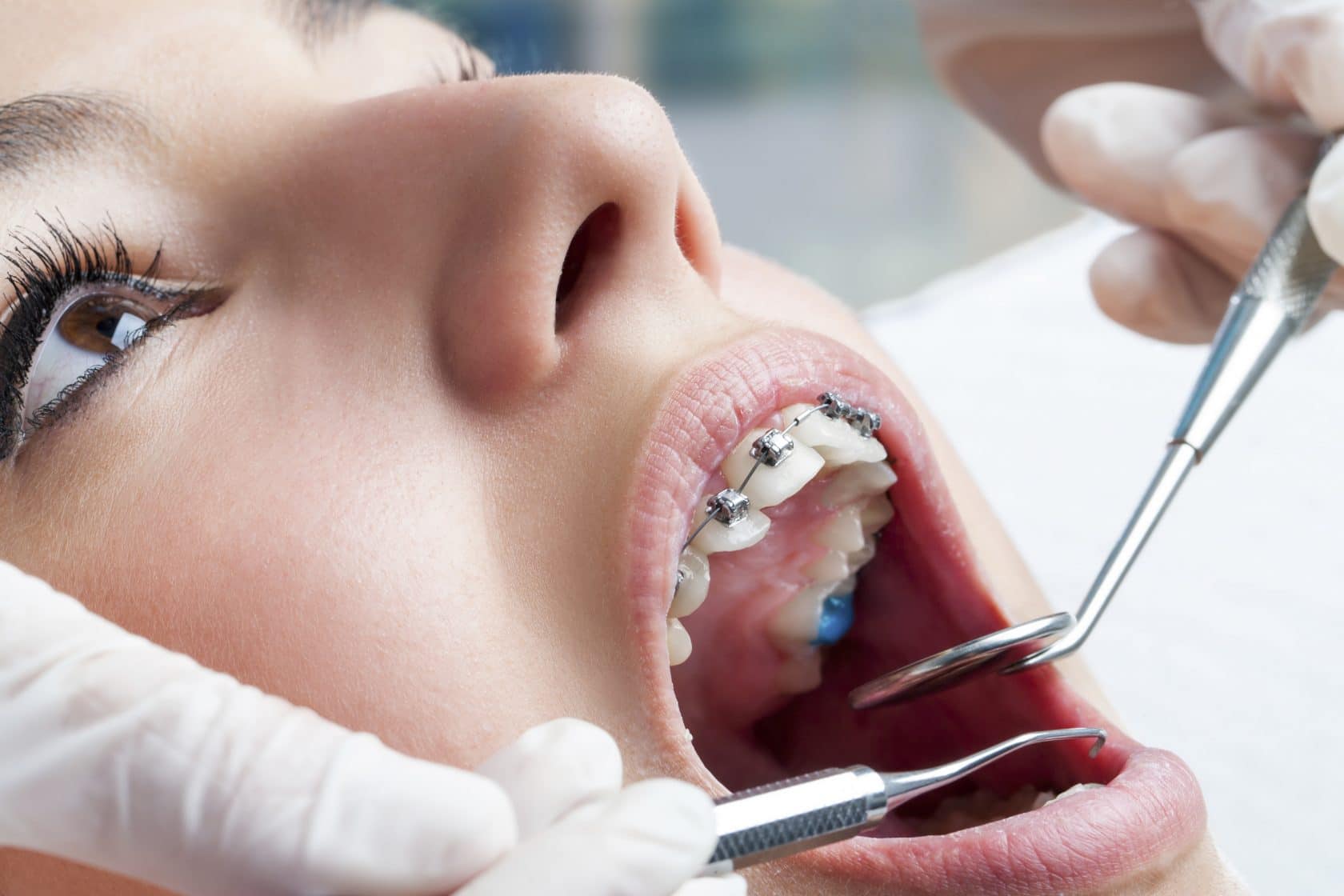Comprehensive Guide to Orthodontics Treatments for Correcting Dental Imbalances
Recognizing the intricacies of each procedure, including their mechanisms, benefits, and potential drawbacks, is vital in making educated choices concerning one's orthodontic therapy. As we navigate with the thorough overview to orthodontic treatments for remedying oral imbalances, the complex information of each method will certainly unfold, dropping light on the path towards a harmonious and functional dental placement.
Orthodontic Procedures Overview

Normal modifications and tracking are crucial parts of orthodontic therapy to make certain development is on track and to make any type of necessary adjustments along the method. By undertaking orthodontic procedures, people can not just achieve a straighter smile however likewise enhance their overall oral health and wellness and feature.
Typical Dental Braces: Just How They Work
When thinking about orthodontic treatments for oral imbalances, conventional braces attract attention as a reliable approach for dealing with teeth positioning. Traditional dental braces are composed of brackets, cords, and bands that function together to use continual pressure on the teeth, gradually relocating them into the desired placement. The braces are attached to the teeth making use of an unique adhesive, and the wires are threaded via the braces. By adjusting the stress of the cables, orthodontists can regulate the direction and pressure put on each tooth, assisting them right into proper placement in time.
One key element of how conventional dental braces work is the process of bone remodeling. As stress is related to the teeth with the dental braces, the bone surrounding the teeth is reshaped to sustain the brand-new tooth positions. This improvement is essential for the long-lasting security of the corrected positioning. People will certainly need routine modifications at the orthodontist's workplace to ensure the braces remain to use the appropriate stress for reliable teeth movement.
Unnoticeable Aligners: Disadvantages and pros
These clear, personalized trays are essentially unnoticeable when put on, making them an attractive alternative for people seeking a more aesthetically pleasing orthodontic therapy. Clients can remove the aligners prior to eating or brushing their teeth, lowering the danger of food getting stuck in the device and simplifying the cleansing process.

Surgical Orthodontic Options
Surgical treatments in orthodontics present viable choices for attending to intricate oral imbalances that might not be properly resolved through conventional orthodontic treatments. While conventional braces and undetectable aligners can correct many orthodontic issues, certain cases call for medical intervention to accomplish ideal results. Surgical orthodontic options are usually suggested for severe malocclusions, significant jaw discrepancies, and instances where the underlying bone framework requires adjustment to accomplish appropriate alignment.
One common medical orthodontic treatment is orthognathic surgery, which involves rearranging the jaws to remedy practical issues such as difficulty speaking or chewing. This surgical treatment is commonly executed in partnership with an orthodontist who aids line up the teeth prior to and after the procedure. Surgical orthodontics might also entail procedures to expose influenced teeth, eliminate excess periodontal cells, or reshape the jawbone to create an extra harmonious face profile.
Prior to taking into consideration medical orthodontic choices, patients undertake a detailed assessment to establish the requirement and potential advantages of such interventions. braces. While surgical procedure may appear overwhelming, it can substantially improve both the feature and aesthetic appeals of the smile in situations where traditional orthodontic treatments fail
Retainers and Post-Treatment Care

Post-treatment care includes following the orthodontist's directions faithfully. This may include appropriate dental hygiene methods, going to follow-up consultations, and wearing the retainers as recommended. Failing to abide by post-treatment care directions can lead to regression, where the teeth progressively move back towards their initial placements. Regular retainer wear, good oral hygiene, and routine oral exams are important for preserving the outcomes attained through orthodontic surgery and making sure the lasting security of the dealt with dental alignment.
Final Thought
Finally, orthodontic treatments use different choices for remedying dental imbalances. Typical braces use steel braces and cables to shift teeth right into correct positioning. Unnoticeable aligners offer a more very discreet choice however may not appropriate for all instances. Surgical orthodontic choices are available for more extreme imbalances. Retainers are generally utilized post-treatment to maintain the brand-new positioning. In general, orthodontic treatments can successfully enhance dental health and wellness and aesthetic appearance.
As we navigate with the comprehensive overview to orthodontic procedures for remedying dental misalignments, the intricate details of each approach will unravel, shedding light on the course towards a harmonious and useful oral alignment. - aligners
One of the most usual orthodontic treatments is the use of dental braces, which consist of metal braces and cords that use mild pressure to slowly change teeth right into the desired setting.When considering orthodontic therapies for dental misalignments, standard dental braces stand out as a time-tested technique for remedying teeth placing. Additionally, unnoticeable aligners might not be ideal for complex orthodontic problems that need even more substantial teeth movement, as they are usually advised for light to moderate situations. Retainers are personalized orthodontic devices designed to hold teeth in their fixed settings after the conclusion of orthodontic therapy.
Comments on “Your Overview to Cumming Invisalign: Straightening Teeth with Style and Comfort”